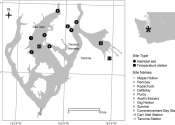Ants follow Fermat's principle of least time
(Phys.org) —Ants have long been known to choose the shortest of several routes to a food source, but what happens when the shortest route is not the fastest? This situation can occur, for example, when ants are forced to ...









